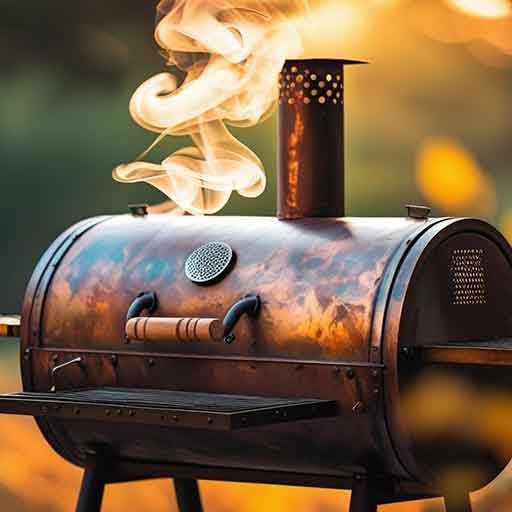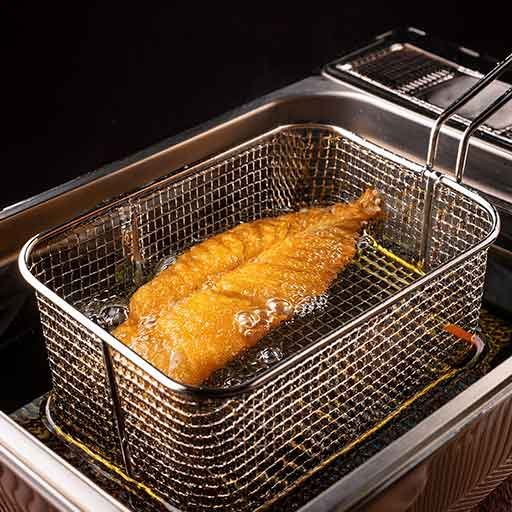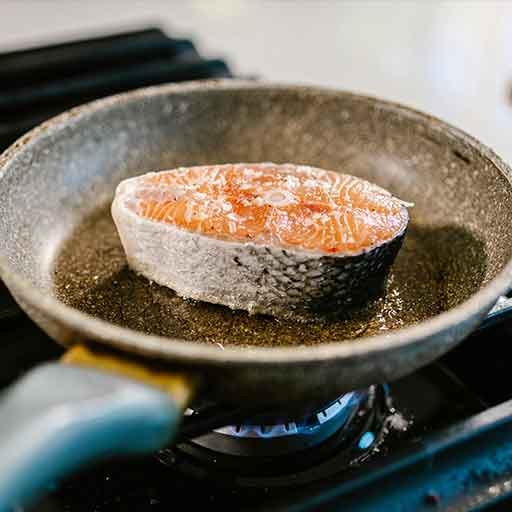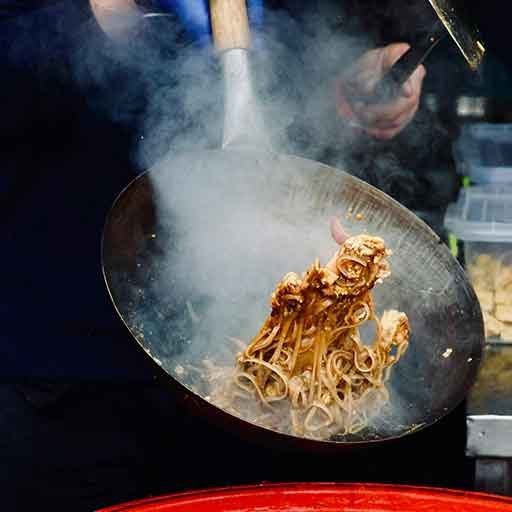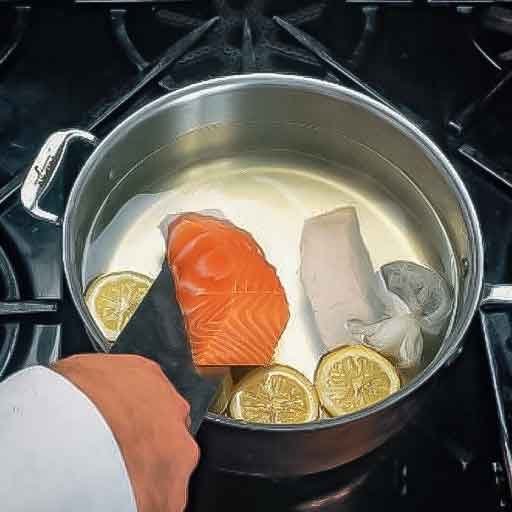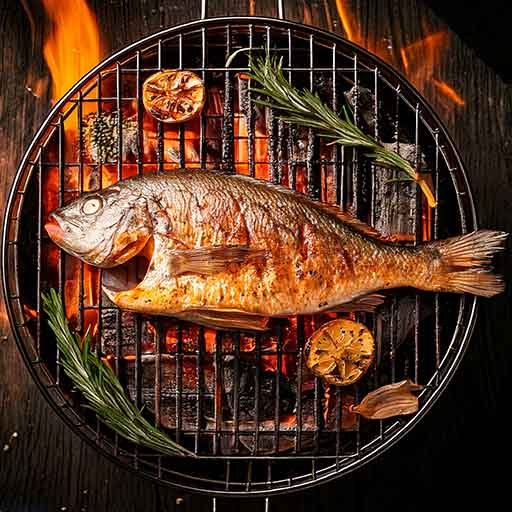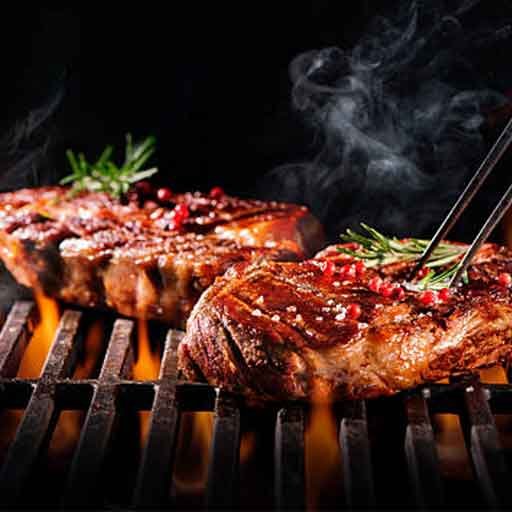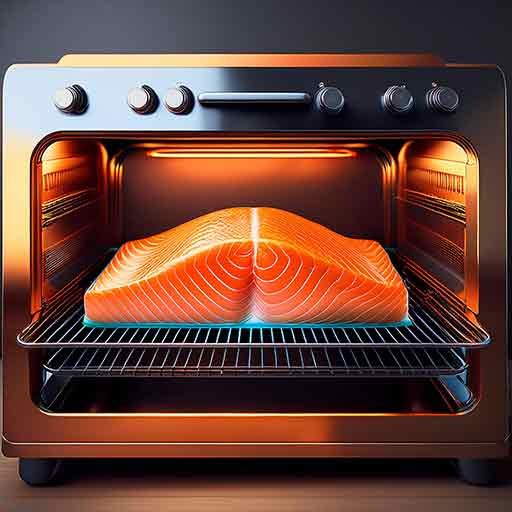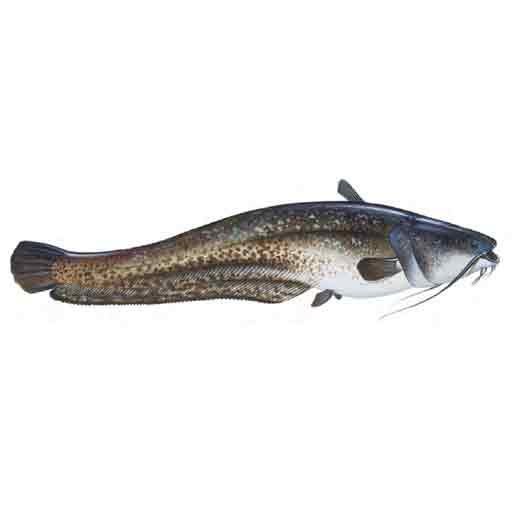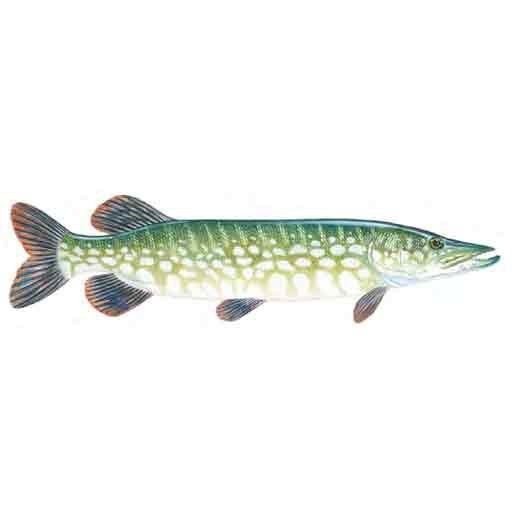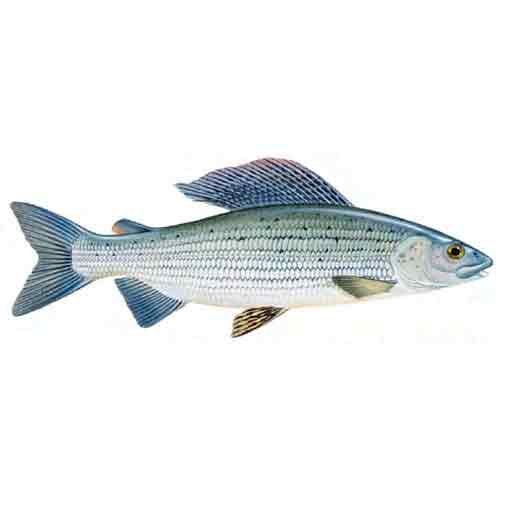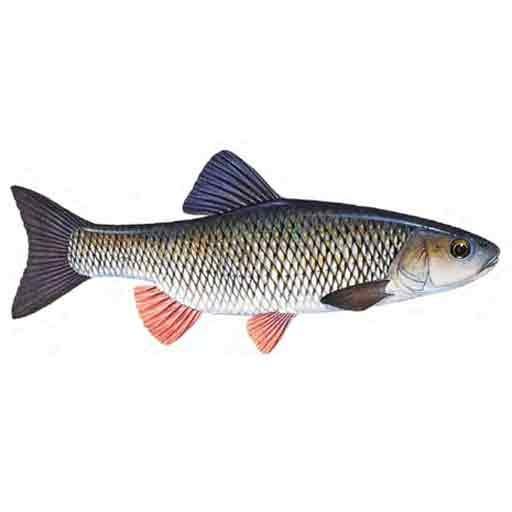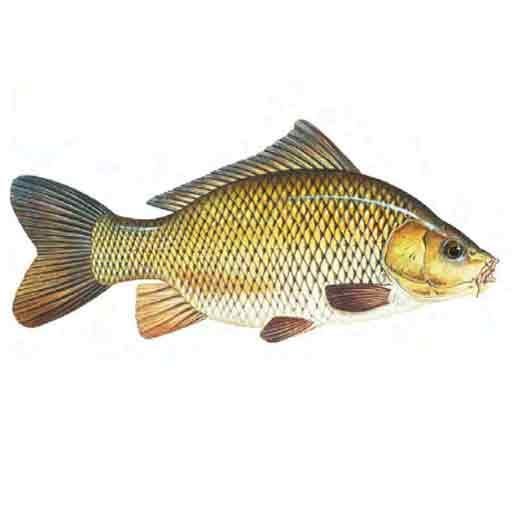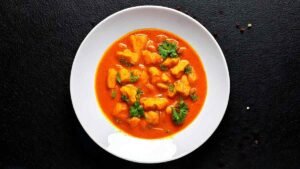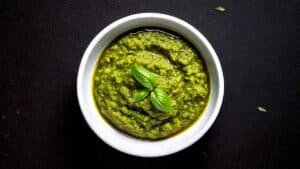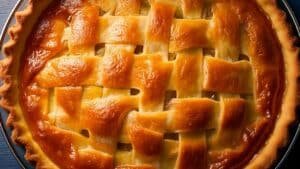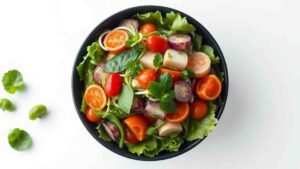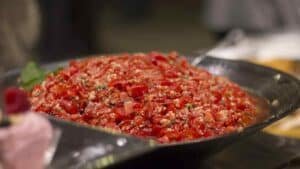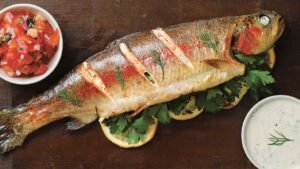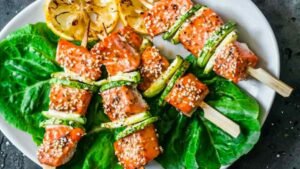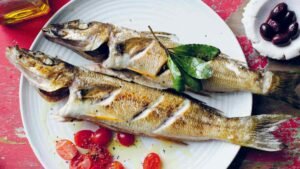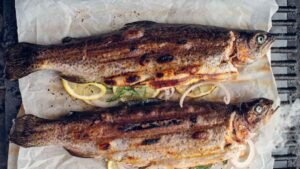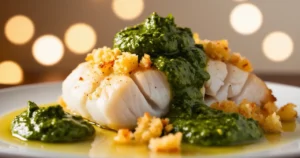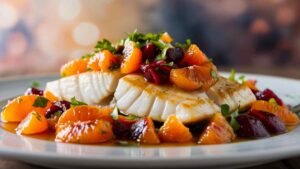Sometimes in lakes. The European chub prefers medium- to fast-flowing clean water; it is also known to enter brackish water in the eastern Baltic. While young European chub form shoals, adults are solitary fish. Spawning is from April to June in sheltered waters.
Adults of this species are powerful and opportunistic feeders, whose natural diet includes frogs, worms, smaller fish, crustaceans, insects, and seeds and berries that fall into the water from overhanging trees. They take a wide variety of baits; bread is particularly effective.
European Chub
Scientific Name: Squalius cephalus
European chub Squalius cephalus represents a fascinating freshwater species that embodies both culinary challenge and opportunity within European gastronomic traditions. This robust cyprinid fish, with its characteristic cylindrical body and substantial presence in waterways across northern Eurasia, offers home cooks and professional chefs alike a canvas for creative culinary expression when handled with proper technique and understanding.
The species’ mild, delicate flavor profile provides an excellent foundation for diverse cooking methods, though success depends heavily on preparation techniques that address its naturally soft flesh texture. Traditional European preparations have long recognized that marination and smoking transform this humble freshwater fish into sophisticated dishes, while proper handling prevents the mushiness that can occur with simple frying methods, making it a rewarding species for those willing to invest in proper culinary technique
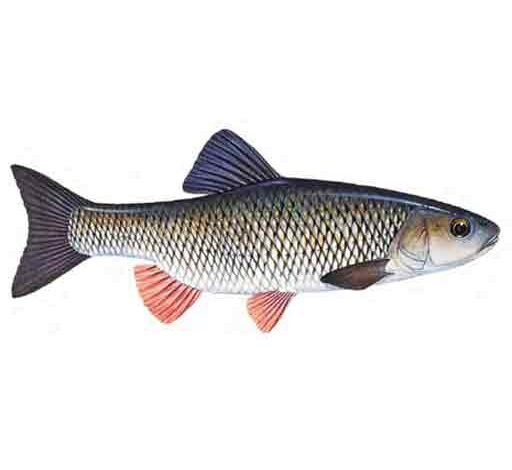
Culinary Values
- Taste: Mild, delicate flavor; can be bland if not prepared properly; described as 'mushy' by some when simply fried
- Texture: Soft, delicate flesh; can be mushy when cooked improperly; firm when prepared with proper techniques
- Meat Color: White flesh; silvery sides with dark grey/brown back
- Round or Flat Fish: Round - cylindrical body shape with large rounded head
- Fat Level: Moderate fat content - 3.49 ± 0.5% (3.5g/100g); varies seasonally 1.5-4.0%
- Mercury Level: Low to moderate - 0.014-0.249 mg/kg (well below 0.5 mg/kg safety limit)
- Iconic Dish: Smoked European Chub; Marinated chub with herbs and spices; Traditional European preparations
- Market Form: Fresh whole fish, frozen, occasional fillets in European markets
- Can Be Frozen: Yes - can be frozen for extended periods with proper storage
- Market Availability: Yes - commonly available in European freshwater fish markets
- Price: Inexpensive - considered affordable coarse fish
The nutritional characteristics of European chub further enhance its culinary appeal, featuring a moderate fat content of approximately 3.5% that provides sufficient richness for flavor development while maintaining the lean protein benefits sought by health-conscious consumers. Its low mercury levels, consistently measuring well below safety thresholds, position it as a safer freshwater option compared to many predatory species, while its widespread availability and affordability make it accessible to diverse cooking enthusiasts throughout Europe.
The species’ successful adaptation to aquaculture systems demonstrates its potential for sustainable food production, supporting both traditional fishing communities and modern sustainable seafood practices. When properly prepared through techniques such as smoking, marinating with herbs and spices, or careful grilling, European chub transforms from a simple coarse fish into a nuanced culinary ingredient that reflects the rich freshwater fishing heritage of European cuisine while offering contemporary cooks an opportunity to explore underutilized local species with both environmental and economic benefits.
Fishing
- Weight: Typically 100-500g (0.1-0.5 kg); maximum recorded up to 8 kg; average 30-300g
- Live In: Freshwater - rivers, streams, canals, lakes, still waters
- Habitats: Small rivers, large streams, canals, lakes, slow-flowing waters, barbel zone with riffles and pools
- Distribution: Throughout most of northern Eurasia; North, Baltic, Black, White, Barents, Caspian Sea basins; Atlantic basins to France; Great Britain to 56°N
- Identification: Stocky fish with large rounded head; cylindrical body; large greenish-brown scales; orange-red fins; 42-48 vertebrae
- Body Type: Cylindrical, streamlined body with large head; diamond-shaped profile when young
- Fishing Methods: Float fishing, ledger fishing, feeder fishing, free-lining, spinning with lures, fly fishing, touch ledgering
- Game Fish: Yes - popular coarse fishing target, especially in Europe
- Can be Farmed: Yes - can be farmed in captivity; successful controlled reproduction achieved in aquaculture systems
Fish Species
- Scientific Name: Silurus glanis
- Taste: Silurus glanis
- Texture: Dense, firm, and meaty flesh; can be slightly oily; holds together well in various preparations
- Scientific Name: Esox lucius
- Taste: Mild, delicate, white and flaky flesh; sometimes muddy taste in summer that comes from skin; clean taste when properly prepared; described as having less "fishy" taste than many fish
- Texture: Fine, tender, firm and flaky when cooked properly; soft flesh; white meat that can be mushy if overcooked
- Scientific Name: Thymallus thymallus
- Taste: Delicate, subtle, slightly sweet with a hint of thyme or herbaceous note; highly prized for its refined flavor
- Texture: Fine, tender, flaky flesh; firm yet delicate when cooked; less oily than trout
- Scientific Name: Scardinius erythrophthalmus
- Taste: Tasty, low-fat with mild, delicate flavor; can be bland if not prepared properly; described as quite tasty to eat
- Texture: Delicate, soft flesh; can be mushy when cooked improperly; firm when prepared with proper techniques
- Scientific Name: Squalius cephalus
- Taste: Mild, delicate flavor; can be bland if not prepared properly; described as 'mushy' by some when simply fried
- Texture: Soft, delicate flesh; can be mushy when cooked improperly; firm when prepared with proper techniques
- Scientific Name: Abramis brama (Linnaeus, 1758)
- Taste: Subtle, delicate flavor; can have fishy taste if not prepared properly; clean taste when fresh
- Texture: Bony, insipid and soft flesh; delicate texture; firm when cooked properly
